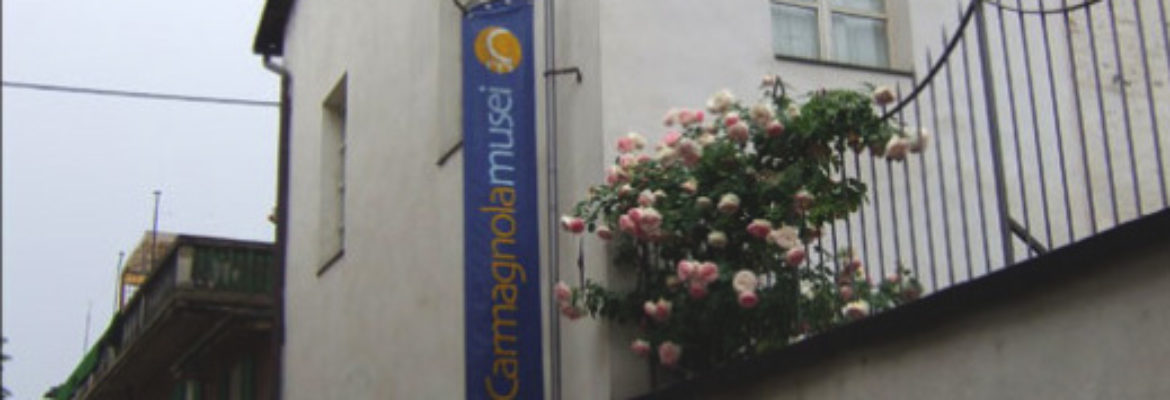The earliest documented Jewish presence in Carmagnola dates back to the late 15th century. The small community was particularly involved in lending and trade and later it also devoted itself to the art of goldsmithery.
In 1723 King Victor Amadeus II extended the obligation of ghettos, previously limited to Turin, to the whole of Piedmont. The Jewish group of Carmagnola was assigned to the complex of buildings of Isola delle Cerchie located within the area between modern day via Bertini, via Cherche, via Benso and via Baldessano. The ghetto blocks are centrally located despite not being located along the route of Catholic processions, slightly removed from the main commercial area – between modern day piazza Sant’Agostino and via Valobra – where the community originally established itself and desired to remain.
This small group of families in the ghetto of Carmagnola was joined by the Jews of Racconigi in 1737, too few in number to constitute an autonomous community. Therefore in 1761 there were 110 people and this figure grew to 171 in the early 19th century. With the Emancipation in 1848, there was a gradual move towards larger towns in the region which gradually led to the demise of the community in Carmagnola.
Some of the buildings which once belonged to the ghetto were reworked and changed ownership. The building of the synagogue located in via Bertini 8, since magnificently restored, belongs to the Jewish community of Turin.
Via Bertini / via Cherche / via Benso / via Baldessano / via Bellini

